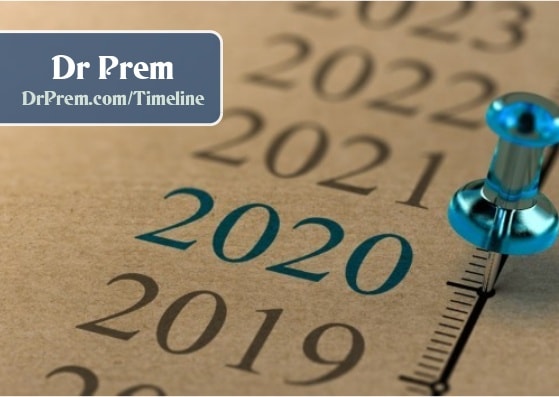Veins: The Lifeline of Flow

Veins play a vital role in our circulatory system, lugging deoxygenated blood back to the heart. These slim, flexible tubes develop a detailed network throughout our bodies, guaranteeing the smooth circulation of blood and also sustaining our general wellness. In this post, we will explore the makeup, feature, and usual disorders related to capillaries.
Composition of Veins
Capillaries are an essential component of our cardio system, operating in tandem with arteries, veins, as well as the heart. They are capillary that lug blood towards the heart, contrasting with arteries that carry blood away from the heart.
Capillaries have three main layers: the tunica intima, tunica media, as well as tunica externa. The inner layer, the tunica intima, is composed of endothelial cells and also is responsible for keeping smooth blood flow. The center layer, the tunica media, consists of smooth muscular tissue urofemmin que es cells that help control blood pressure as well as control blood circulation. The outermost layer, the tunica externa, consists of connective cells that provide support and structure to the blood vessels.
Blood vessels are outfitted with one-way valves that protect against blood from moving backwards, guaranteeing that it only approaches the heart. These shutoffs available to enable blood to move and close to avoid heartburn, maintaining the appropriate instructions of blood circulation.
- Veins have thinner walls compared to arteries, as they do not need to withstand the same degree of pressure from the heart.
- Their wall surfaces are less elastic, permitting them to broaden and contract as blood flow changes.
- Veins have a larger size as well as are a lot more capacious, allowing them to save larger quantities of blood.
The venous system is divided into two classifications: the shallow blood vessels, located near to the surface of the skin, as well as the deep capillaries, located within the muscle tissue. Shallow veins are visible and often made use of for medical procedures, while deep blood vessels are accountable for bring the majority of our blood supply.
Feature of Blood vessels
The main function of veins is to carry deoxygenated blood back to the heart to be reoxygenated. This trip starts in the blood vessels, where oxygen and also nutrients are exchanged with co2 and also waste items. As blood comes to be deoxygenated, it goes into the venules and also gradually merges right into bigger veins till it gets to the heart’s best room.
Blood vessels also play an important duty in managing blood quantity and also pressure. By broadening or getting, they can accommodate differing blood volumes, keeping a consistent stress that advertises reliable blood circulation.
In addition, veins act as a storage tank for blood. When the body needs a boosted blood supply, such as during exercise or periods of tension, capillaries can tighten, pressing blood in the direction of organs and also cells that require it one of the most. Conversely, during durations of remainder, capillaries dilate, enabling more blood to pool in them, reducing the work on the heart.
Common Vein Disorders
While blood vessels are created to operate effortlessly, various disorders can impact their framework and also feature. Recognizing these problems is critical for early detection and also money amulet asli thailand pakai sertifikat effective therapy. Here are some common capillary conditions:
- Varicose Veins: Varicose blood vessels happen when the capillary wall surfaces become compromised or harmed, creating them to enlarge and bulge. They typically look like twisted, swollen blood vessels visible underneath the skin’s surface area.
- Deep Capillary Thrombosis (DVT): DVT happens when a blood clot types in among the deep veins, most commonly in the leg. This problem can be life-threatening as the clot may dislodge as well as take a trip to the lungs, creating a pulmonary embolism.
- Spider Veins: Crawler blood vessels are tiny, dilated capillary that show up near the skin’s surface area. They frequently look like a crawler internet or tree branches and also can be found on the face, legs, or other parts of the body.
- Chronic Venous Lack (CVI): CVI is a problem where the venous system falls short to successfully return blood to the heart, causing poor flow and blood merging in the legs. Signs and symptoms may include leg swelling, discomfort, and ulcers.
Verdict
Veins form an indispensable component of our blood circulation system, making certain the smooth flow of deoxygenated blood back to the heart. Their makeup, with slim wall surfaces, one-way shutoffs, and various layers, allows them to take care of blood quantity, manage pressure, and also work as a reservoir. Despite their essential function, veins are prone to numerous problems such as varicose capillaries, DVT, crawler capillaries, and CVI. Routine check-ups as well as a healthy way of life can assist preserve the optimal performance of our veins and advertise general cardiovascular health and wellness.





